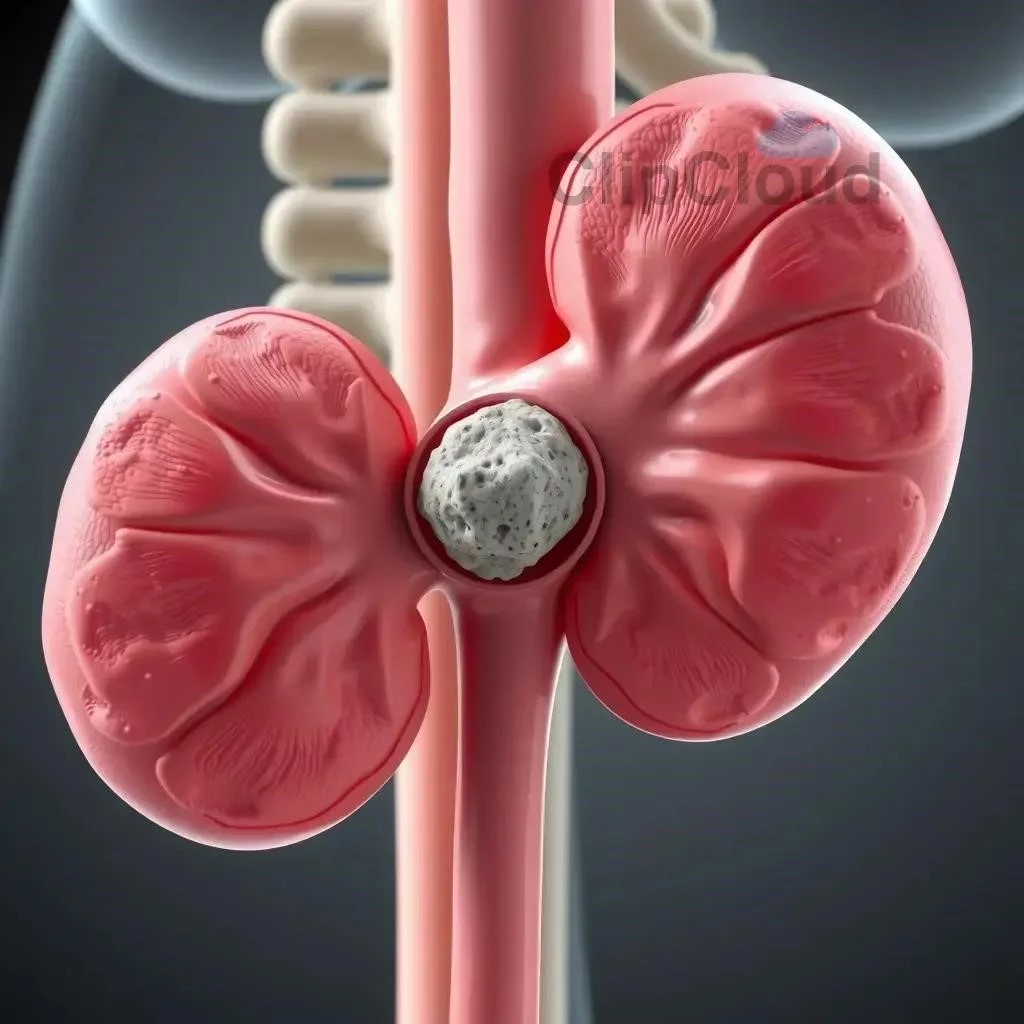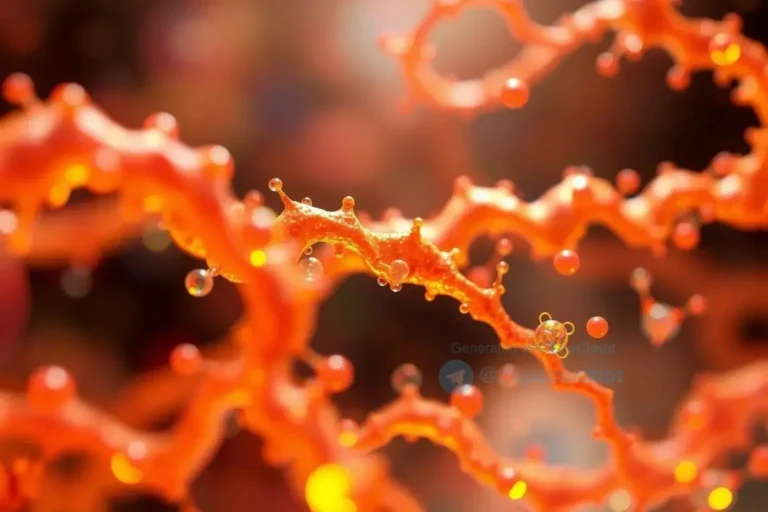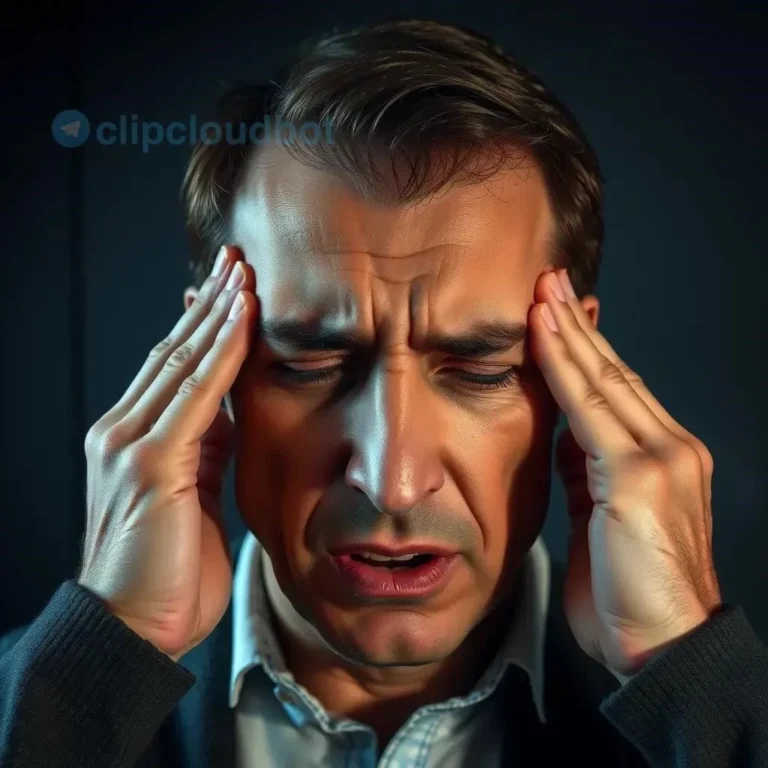Symptoms of Kidney Stones
Kidney stones often cause severe pain, typically in the back, side, or lower abdomen․ This pain can be intermittent and fluctuate in intensity․ Other symptoms include bloody urine, nausea, and frequent urination․
Location and Nature of Kidney Stone Pain
Kidney stone pain is typically characterized by its severity and specific locations․ The pain often originates in the flank, which is the area on either side of your back between your ribs and hips․ As the stone moves through the urinary tract, the pain can radiate to other areas․ It can move towards the groin, lower abdomen, and even into the testicles in men or the labia in women․
The nature of kidney stone pain is often described as sharp, cramping, or wave-like․ It can come in sudden, intense spasms, often referred to as renal colic․ These episodes can last for minutes or even hours, followed by periods of relative relief․ The intensity can fluctuate as the stone shifts position or passes through different parts of the urinary tract․ Some individuals describe the pain as one of the most intense experiences they’ve ever endured, comparable to childbirth․
The pain’s location provides clues about the stone’s position․ Pain in the flank suggests the stone is still in the kidney․ Pain that radiates to the groin or lower abdomen indicates the stone has moved into the ureter, the tube connecting the kidney to the bladder․ Pain during urination can be a sign that the stone is nearing the bladder or urethra․
Beyond the intense pain, other sensations can accompany a kidney stone․ These can include a persistent ache or a dull, throbbing discomfort․ Some people experience a burning sensation during urination․ The pain can be so debilitating that it makes it difficult to sit still or find a comfortable position․ Nausea and vomiting are also common due to the severe pain and the body’s stress response․
Diagnosing Kidney Stones
Diagnosing kidney stones involves a combination of medical history review, physical examination, and imaging tests․ Your doctor will begin by asking about your symptoms, including the location, intensity, and duration of pain․ They’ll also inquire about your medical history, family history of kidney stones, and any medications you’re taking․ A physical exam may involve checking for tenderness in the flank area․
Imaging tests are crucial for confirming the presence, size, and location of kidney stones․ A non-contrast CT scan of the abdomen and pelvis is the most common and accurate imaging method․ It can detect even small stones and provide detailed images of the urinary tract․ An ultrasound can also be used, particularly in pregnant women or those who want to avoid radiation exposure․ While ultrasound may not be as sensitive as CT scans in detecting small stones, it can still provide valuable information․
Urinalysis is another essential diagnostic tool․ This test examines the urine for the presence of blood, crystals, and infection․ Blood in the urine (hematuria) is a common symptom of kidney stones․ The presence of certain crystals in the urine can indicate the type of kidney stone, which helps guide treatment and prevention strategies․ A urine culture can identify any associated urinary tract infection․
In some cases, blood tests may be ordered to assess kidney function and electrolyte levels․ These tests can help determine if the kidney stones are causing any complications or if there are underlying metabolic issues contributing to stone formation․ Once the diagnosis is confirmed, your doctor will discuss treatment options based on the size and location of the stone, as well as your overall health․
Treatment Options for Kidney Stones
Treatment for kidney stones varies depending on the size and location of the stone, as well as the severity of symptoms․ Small stones may pass naturally with increased fluid intake and pain management․ Drinking plenty of water helps flush the stones through the urinary tract․ Pain relievers, such as over-the-counter nonsteroidal anti-inflammatory drugs (NSAIDs) or prescription medications, can help manage the discomfort․
For larger stones that don’t pass on their own, several medical procedures are available․ Extracorporeal shock wave lithotripsy (ESWL) uses shock waves to break the stones into smaller fragments that can be passed more easily․ Ureteroscopy involves inserting a small scope through the urethra and bladder to reach the stone․ The stone can then be removed or broken into smaller pieces using a laser or other instruments․
Percutaneous nephrolithotomy (PCNL) is a minimally invasive procedure used for larger or more complex stones․ A small incision is made in the back to access the kidney directly․ A nephroscope is then inserted to remove or fragment the stone․ In rare cases, open surgery may be necessary for very large or difficult-to-reach stones․
Medications can also be used to help prevent certain types of kidney stones from forming․ These medications work by altering the urine’s chemical composition to reduce the risk of stone formation․ Your doctor will determine the appropriate medication based on the type of stone you have․ Regular follow-up appointments are important to monitor the effectiveness of treatment and prevent recurrence․
Preventing Kidney Stones: Dietary Strategies
Dietary modifications play a crucial role in preventing kidney stones․ One of the most important strategies is to stay well-hydrated by drinking plenty of fluids throughout the day․ Water is the best choice, but other beverages like lemonade and citrus juices can also contribute to fluid intake․ Aim for enough fluid to produce at least two liters of urine daily․
Limiting animal protein intake can help reduce the risk of calcium stones, the most common type of kidney stone․ Animal protein increases the levels of calcium and uric acid in the urine, which can promote stone formation․ Choose lean protein sources and focus on plant-based protein options like beans, lentils, and tofu․
Reducing sodium intake is also important․ High sodium diets increase calcium excretion in the urine, increasing the risk of calcium stones․ Limit processed foods, fast food, and restaurant meals, which are often high in sodium․ Use herbs, spices, and other flavor enhancers instead of salt․
Getting enough calcium from food sources is recommended, but avoid calcium supplements unless advised by your doctor․ Dietary calcium binds to oxalate in the gut, preventing it from being absorbed and contributing to stone formation․ Good sources of calcium include dairy products, leafy green vegetables, and fortified foods․
Finally, limiting oxalate-rich foods can help prevent calcium oxalate stones․ Foods high in oxalate include spinach, rhubarb, beets, nuts, and chocolate․ While you don’t need to eliminate these foods entirely, moderation is key․ Consuming them with calcium-rich foods can help reduce oxalate absorption․
Lifestyle Changes to Prevent Kidney Stones
Beyond dietary changes, several lifestyle modifications can significantly reduce your risk of developing kidney stones․ Maintaining a healthy weight is crucial, as obesity is a risk factor for stone formation․ Regular exercise and a balanced diet can help achieve and maintain a healthy weight․
Managing underlying medical conditions, such as high blood pressure and diabetes, can also contribute to kidney stone prevention․ These conditions can affect kidney function and increase the risk of stone formation․ Work closely with your doctor to manage these conditions effectively․
Quitting smoking is essential for overall health and can also reduce the risk of kidney stones․ Smoking can alter urine composition and increase the likelihood of stone development․ Consult your doctor about smoking cessation programs and resources․
Limiting alcohol consumption is advisable․ While moderate alcohol intake may not directly cause kidney stones, excessive alcohol consumption can lead to dehydration, which is a major risk factor․ Dehydration concentrates urine, promoting crystal formation and stone development․
Finally, regular check-ups with your doctor are important, especially if you have a history of kidney stones․ Regular monitoring can help detect early signs of stone formation and allow for prompt intervention․ Your doctor can also provide personalized recommendations based on your individual risk factors and medical history․
Long-Term Management of Kidney Stones
Long-term management of kidney stones focuses on preventing recurrence and minimizing potential complications․ Regular follow-up appointments with your doctor are crucial for monitoring your condition and adjusting treatment strategies as needed․ These appointments may include urine tests, blood tests, and imaging studies to assess kidney health and identify any new stone formation․
Dietary adjustments and lifestyle modifications are essential for long-term prevention․ Continuing to follow a low-sodium, low-animal protein diet, and staying well-hydrated are key․ Your doctor may recommend specific dietary restrictions based on the type of stones you’ve had in the past․
Medications may be prescribed to help prevent future stone formation․ The type of medication will depend on the composition of your previous stones․ Regularly taking these medications as prescribed is essential for their effectiveness․
Staying informed about your condition and actively participating in your care are important aspects of long-term management․ Learning about the different types of kidney stones, risk factors, and prevention strategies can empower you to take control of your health․ Don’t hesitate to ask your doctor any questions you may have․
Maintaining open communication with your healthcare team is vital․ Report any new symptoms or changes in your condition promptly․ Early intervention can help prevent complications and improve your overall outcome․





